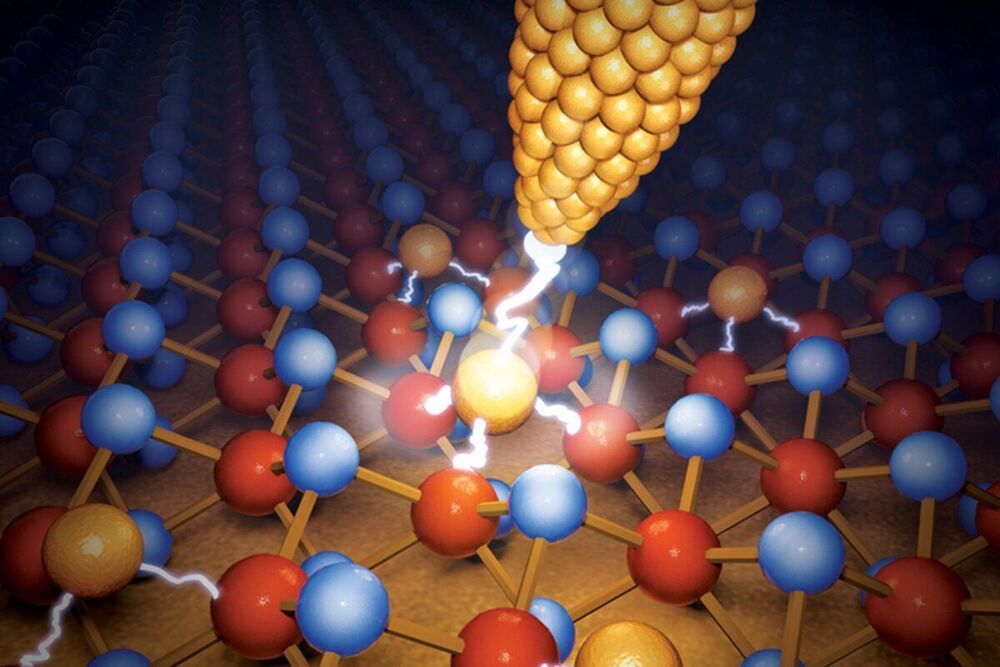For the first time, scientists with the National Oceanic and Atmospheric Administration (NOAA) have formally identified a new species of undersea creature based solely on high-definition video footage captured at the bottom of the ocean.
And what an undersea creature it is. Meet Duobrachium sparksae – a strange, gelatinous species of ctenophore, encountered by the remotely operated vehicle (ROV) Deep Discoverer during a dive off the coast of Puerto Rico.
That encounter took place back in 2015, but when you’re laying claim to discovering a wholly new species – based solely on video evidence, for that matter, with no physical specimens to help make your case – it helps to do your due diligence.








